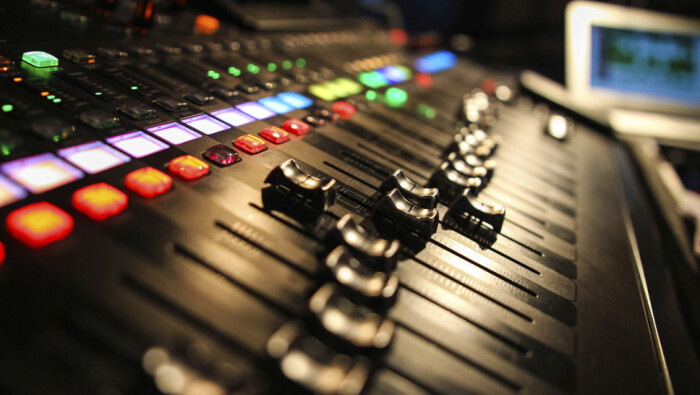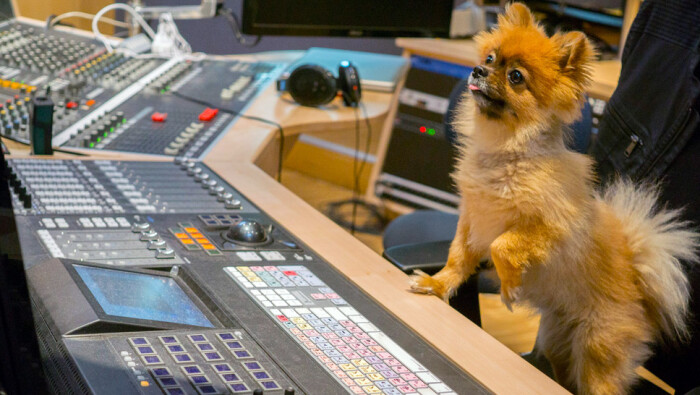Have you just finished recording and editing the tracks of your masterpieces? That's great news! But you still have quite some work left to do before your songs are ready to be listened by other human beings. Now that you've got all the ingredients of your song, the time has come to move into the kitchen and start cooking things up.

Do note that this digest is only meant to guide you through the 147 articles written by Nantho over the last three years, summing things up in chapters. Obviously, every chapter is made up of several articles, all of which are included in the dropdown list at the upper right corner of this page.
Also note that many articles have been complemented by comments in the forums which enrich the discussion on the topic. It would be a pity for you to neglect them.
So, here are the different parts of this series.
1 – Introduction to mixing
A five-article introduction that goes from the definition of mixing itself to the tools required and the technical and logistic pre-requisites, before really diving into the heart of the matter.
6 – The film of your mix
You won’t get too far if you don’t know where you want to go. Nantho gives you some ideas to start your trip with a goal in mind.
8 – Adjusting gains and levels
Before messing with the faders, EQs and compressors, you first need harmonize the levels of your tracks.
10 – Action plan to approach your mixes
Brief methodological overview of the different mixing stages detailed in this guide.
11 – Rough mix
This is where it all starts, quickly adjusting the levels and pans to get a first overview that will serve as the basis for the rest of your work.
14 – Guide to EQing during mixdown
This is where things start getting serious: the moment when you realize that every element of the song requires its own space within the audio spectrum.
25 – Pre- or post-EQ compression?
A question that has been posed millions of times when sitting in front of a mixing desk.
26 – Guide to dynamic processing during mixdown
Working with dynamics requires different tools, all of which are discussed in the 28 articles that make up this chapter From the plain compressors to multiband compressors, noise gates, transient processors, limiters…
54 – Making a first appraisal of your mixes
Things start to take shape after EQ and compression – the perfect time to review the situation before moving forward.
55 – Guide to reverb during mixdown
Mixing a song is recreating a sonic picture in all its dimensions, which entails much more than using only the faders and pans and usually requires the use of reverb. Here you have 31 articles on the topic.
86 – Guide to delay during mixdown
Another great tool used for sound spatiality, the delay can complement or even replace a reverb in many cases, as you will discover in these six articles.
92 – How to improve the cohesion of your mix
Even after having used spatial or dynamic correction tools, and after having placed the different elements in the sound field, you still have lots of things to do to glue together all the instruments to form a uniform sound canvas. And to do that, the best thing you can do is take the bus…
99 – Modulation effects
Modulation tools are bar none when it comes to introducing movement or broaden sounds. These three articles explore their use during mixdown.
102 – Guide to automation
Besides being a coherent and homogeneous whole, a mix must make the song dynamic and never stop surprising the listener. That’s what automation is for…
121 – The hour of truth for your mix: Critical listening
Past the automation, the time has come to make a new assessment of your mix and to ask yourself some questions regarding the goal you set out to achieve and the result you got. A sort of rereading…
132 – The final export of your mix
Your work won’t be over until you get a stereo file that can be played back like any other song in your music collection. A brief reminder of how to achieve that.
136 – Choosing and getting to know your working tools
The author gives some advice on choosing, testing and getting to know your working tools, starting form the basic idea that a good worker will perform best with the tools he knows best.
140 – Going further…
A bunch of suggestions to learn o mix, but also some reflections on serendipity in your daily practice and, obviously, the conclusion of the series.





